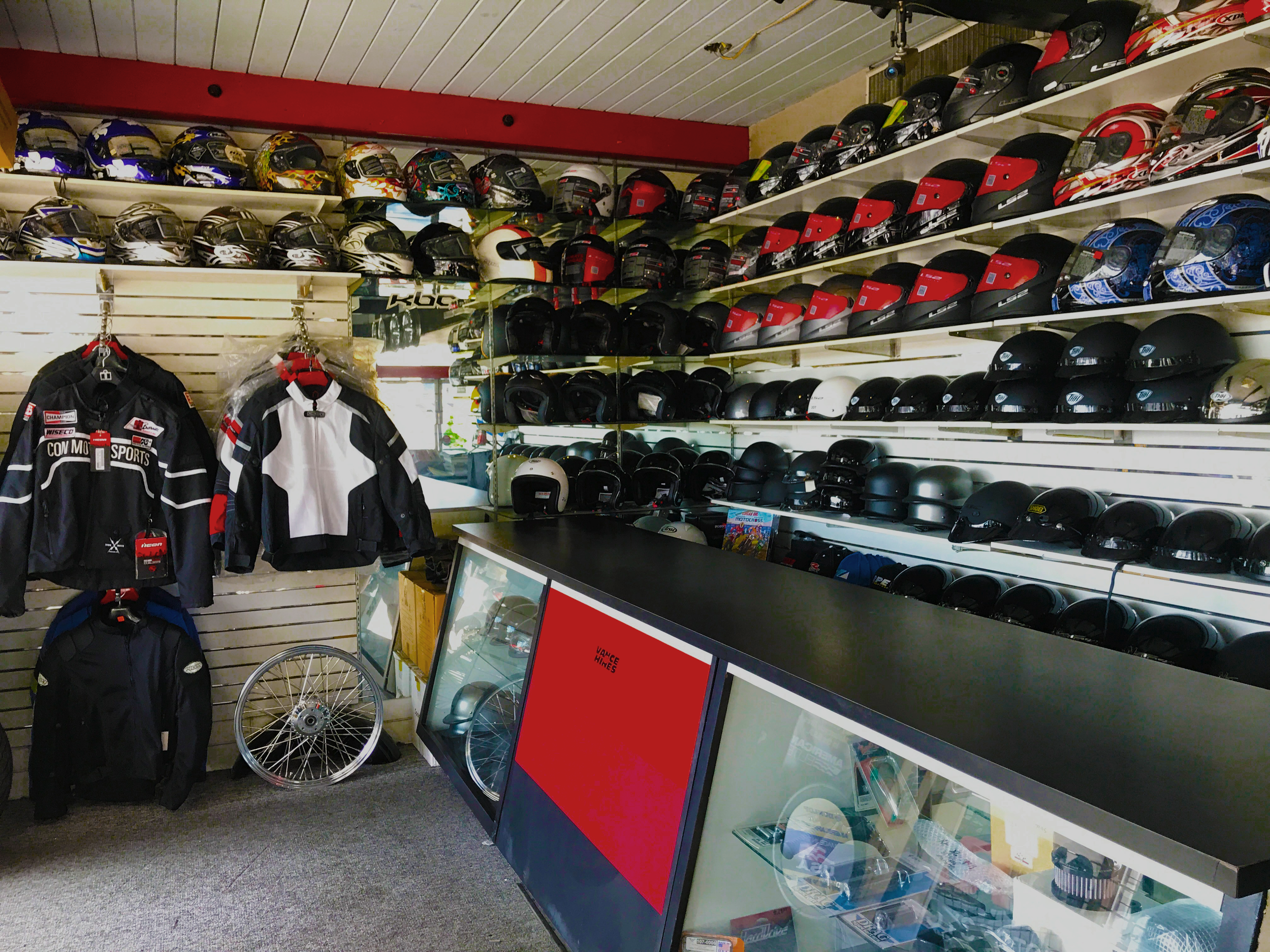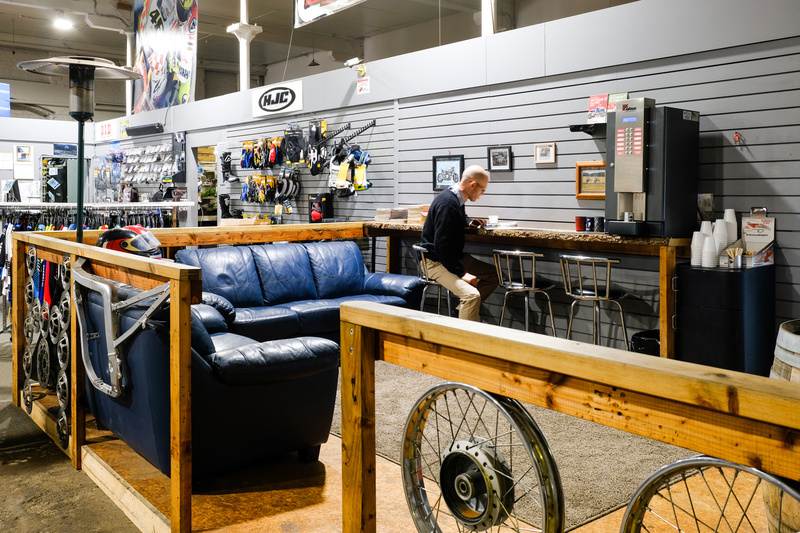Shop the Best MX Parts NZ for Your High-Performance Bike
Shop the Best MX Parts NZ for Your High-Performance Bike
Blog Article
Grasping Bike Gears: Just How to Enhance Your Riding Experience
In the realm of motorcycling, grasping the art of equipment adjustment is essential for improving your riding performance. Effectively using and comprehending bike equipments can dramatically influence acceleration, control, and fuel effectiveness, changing an average ride into a smooth, exhilarating trip. By integrating accurate change timing and adapting equipment selection to various roadway conditions, cyclists can ensure optimal engine efficiency and safety and security. The nuances of clutch control, throttle sychronisation, and equipment mechanics beckon a much deeper exploration, promising to open the full possibility of your device. Just how can these techniques be used to really maximize your riding experience?
Comprehending Equipment Mechanics
Just how do the details of equipment technicians affect bike efficiency? At the core of motorbike characteristics, gear auto mechanics play an essential function in transforming engine power into movement, eventually dictating speed and control. Gears, carefully crafted components, allow riders to optimize torque and speed, ensuring a seamless change via different terrains and velocities. The equipment proportions, very carefully developed, identify the relationship in between engine changes and wheel turns, affecting acceleration and fuel efficiency.
Comprehending gear technicians begins with recognizing the value of the gearbox, which houses numerous gears of differing dimensions. These gears connect with a process referred to as meshing, where teeth of various gears involve to transfer power. The precision of this communication is crucial; any kind of misalignment or damage can result in ineffective power transfer, hindering performance. In addition, the plan and size of gears influence the motorcycle's capacity to take care of various lots and speeds.
Furthermore, the concept of equipment shifting is essential to making best use of performance. Prompt and smooth changes guarantee that the engine runs within its ideal power band, protecting against unneeded pressure and boosting long life (motorbike shop). By comprehending these mechanical details, riders can achieve an unified mix of power, efficiency, and control, boosting their riding experience
Timing Your Shifts
Shift timing proficiency is crucial for maximizing motorbike performance and improving the riding experience. Effectively timed shifts make certain that the engine operates within its ideal power band, which is vital for maintaining control, achieving smooth acceleration, and ensuring the durability of the bike. Riders should develop an intuitive sense of when to change equipments, which includes understanding the connection between engine revolutions per minute (RPM) and speed.
To master change timing, pay attention to the engine's sound and really feel, as these provide essential ideas about when to transform gears. The ideal shift factor generally occurs when the engine comes close to the upper variety of its power band without reaching the redline. Changing too early can cause a lack of power, while shifting also late might cause unnecessary engine strain
In addition, roadway problems and riding design influence shift timing. In city settings, smoother and much more regular changes might be essential to navigate web traffic effectively. In contrast, during freeway riding, less shifts at higher speeds can be extra suitable. Practicing in different atmospheres will enhance your capability to time shifts bobber kits specifically, ultimately elevating resource your riding experience to an expert level.
Enhancing Fuel Performance
While understanding motorcycle gears is crucial for performance, improving gas performance is equally essential for both ecological and economic reasons. Ideal fuel usage not just lowers functional costs but likewise lessens the eco-friendly impact of riding. To attain this, one must understand the elaborate connection in between equipment selection and engine performance.
Firstly, choosing the ideal equipment at ideal rates can significantly impact fuel consumption. Riding in a higher gear at lower speeds can lead to engine lugging, which is damaging to both fuel economic climate and engine wellness. On the other hand, riding in reduced gears at high speeds leads to unnecessary fuel consumption. Hence, maintaining an optimal equilibrium by shifting equipments abreast with roadway conditions and anticipated maneuvers is important.
In addition, normal maintenance plays a critical role in gas effectiveness. Making sure that the motorbike is well-tuned, with clean air filters and effectively blew up tires, can boost aerodynamics and reduce fuel wastefulness. In addition, embracing a riding style that welcomes progressive acceleration and smooth slowdown can add to better gas economic climate.

Strategies for Smooth Transitions
Attaining smooth gear changes is fundamental to boosting the riding experience and making sure the longevity of a bike's transmission system. Appropriate equipment shifting not just contributes to a smooth experience however also decreases wear and tear on the mechanical elements. To understand the art More hints of smooth transitions, motorcyclists must focus on a couple of key methods.

Secondly, clutch control plays an essential duty. Engaging and disengaging the clutch smoothly requires technique. The clutch bar need to be released progressively, permitting a smooth transfer of power from the engine to the wheels without creating a shock or sudden motion.

Adjusting to Roadway Conditions
Navigating varied roadway conditions is a vital skill for any motorcyclist aiming to keep control and safety and security. Whether you're riding on damp surfaces, crushed rock roadways, or navigating sharp turns, your capacity to adjust your equipment use and riding technique is paramount. Recognizing just how to change your gears suitably can substantially affect traction and security, guaranteeing a safer trip.
In comparison, when riding on gravel or irregular terrain, reduced gears are preferable. Reduced equipments offer better control and permit you to react more quickly to unexpected adjustments in the road surface.
Sharp contours demand exact gear administration to balance rate and control. Downshifting before going into a contour can assist keep momentum while ensuring the motorbike continues to be steady throughout the turn. Regular practice in diverse conditions improves your capacity to predict and react to adjustments in road appearance and incline.
Final Thought
Grasping bike gears considerably boosts the riding experience by improving control, acceleration, and gas efficiency. A detailed understanding of equipment mechanics and accurate change timing guarantees the engine operates within its ideal power band, while smooth changes through efficient clutch and throttle control rise comfort and efficiency. Adapting gear selection to various road conditions, such as utilizing greater equipments on damp surfaces and lower gears on crushed rock, more boosts handling and safety. Eventually, these abilities boost the general trip.
Comprehending equipment technicians starts with acknowledging the significance of the transmission, which houses multiple equipments of differing sizes. These equipments interact with a process known as meshing, where teeth of different gears involve to send power (mx parts nz). Gentle changes to the throttle throughout equipment changes can prevent jerky motions and preserve a constant riding rate
Whether you're riding on damp surface areas, crushed rock roadways, or navigating sharp turns, your ability to adjust your gear usage and riding method is vital. Adjusting gear option to different road conditions, such as utilizing higher equipments on damp surfaces and lower gears on gravel, additional boosts handling and security.
Report this page